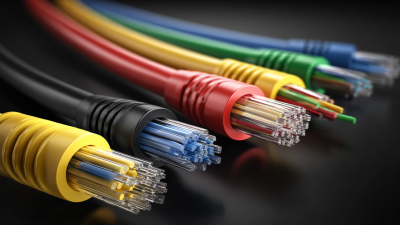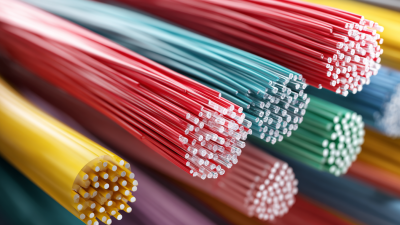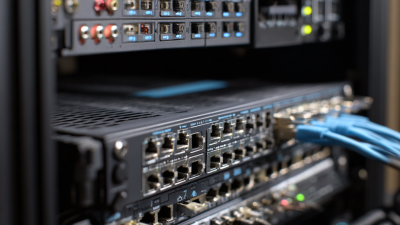Industries
Get direct access to our extensive portfolio of optical products and specialist technical expertise.
Get direct access to our extensive portfolio of optical products and specialist technical expertise.
As the demand for seamless connectivity in smart homes continues to exponentially grow, fiber cables emerge as a crucial component in delivering high-speed internet and reliable network performance. According to a report by the International Telecommunication Union, the global market for fiber optic cables is projected to reach $7.45 billion by 2027, reflecting the increasing adoption of fiber optics in residential settings. The transition from traditional copper wiring to fiber cables not only enhances data transmission speeds but also minimizes latency, enabling a more responsive environment for interconnected devices. Additionally, the Fiber Broadband Association notes that fiber installations can support multi-gigabit speeds, making them ideal for bandwidth-intensive applications such as streaming, online gaming, and smart home automation. As homeowners seek to harness the full potential of their digital ecosystems, understanding the pivotal role of fiber cables in building robust connectivity solutions becomes essential for the future of smart living.
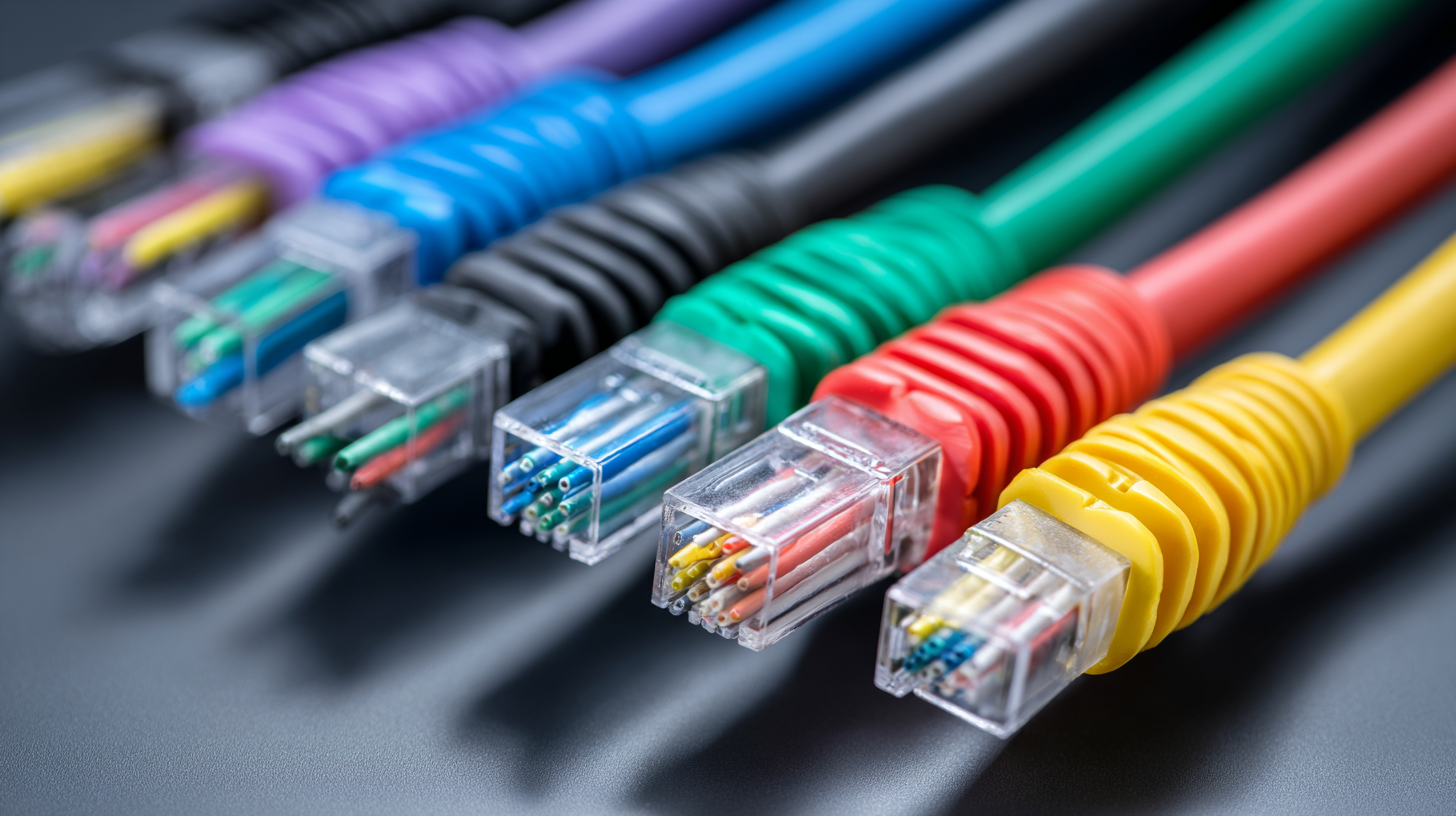
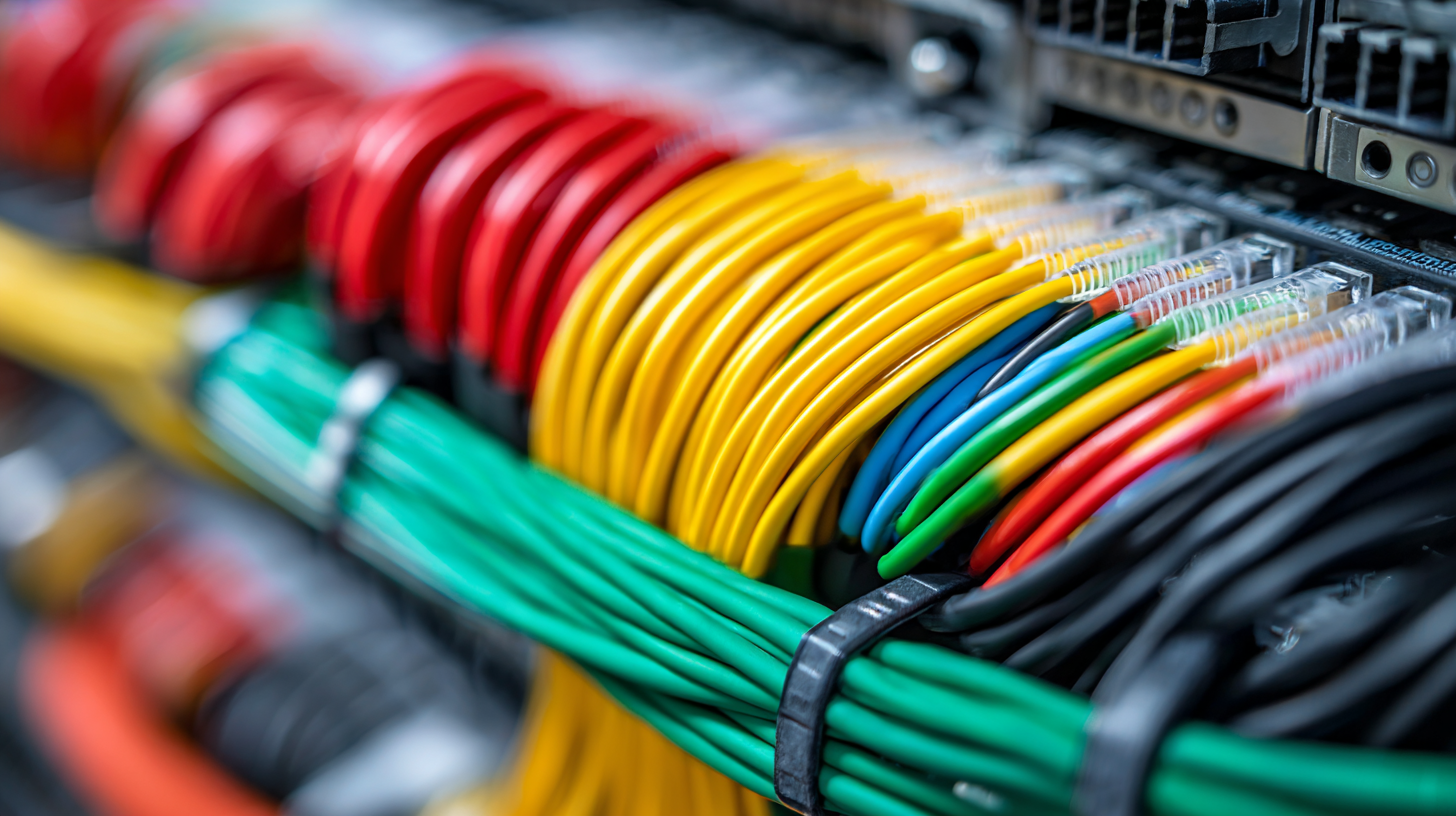 Fiber optic cables are revolutionizing connectivity in smart homes, serving as the backbone for high-speed internet and seamless communication between devices. With the increasing adoption of Internet of Things (IoT) technology, the demand for robust and efficient networks has surged. Fiber optic cables, known for their ability to transmit data over long distances at incredible speeds, are essential in supporting the multi-gigabit internet required for smart home applications, such as smart lighting, security systems, and home automation.
Fiber optic cables are revolutionizing connectivity in smart homes, serving as the backbone for high-speed internet and seamless communication between devices. With the increasing adoption of Internet of Things (IoT) technology, the demand for robust and efficient networks has surged. Fiber optic cables, known for their ability to transmit data over long distances at incredible speeds, are essential in supporting the multi-gigabit internet required for smart home applications, such as smart lighting, security systems, and home automation.
In recent market trends, the expansion of fiber optic infrastructure is evident. Countries, including Japan, are witnessing significant investments, with fiber's share in fixed broadband lines projected to reach 87 percent by 2024. This trend is mirrored in various regions where fiber optic deployments are prioritized to meet the growing consumer demand for high-speed internet. Additionally, projections indicate that the optical fiber connectivity market is poised for substantial growth, expected to reach USD 7.8 billion by 2034. As smart homes become more integrated and reliant on stable internet connections, the role of fiber optic cables in enhancing connectivity will remain pivotal in the future of residential technology.
Fiber optic cables have emerged as a crucial component for home automation systems, delivering unprecedented speeds and reliability. According to a 2023 report by the Fiber Optic Association, homes equipped with fiber optics can experience data transfer rates of up to 1 Gbps, significantly outperforming traditional copper wiring, which typically offers half that speed. This heightened capacity enables seamless connectivity for multiple smart devices, reducing latency and ensuring a smooth user experience, particularly in busy households with numerous connected devices.

In addition to speed, fiber cables demonstrate superior durability and resistance to interference, making them an ideal choice for smart homes. The National Fiber Optic Broadband Association noted that fiber networks are less susceptible to environmental factors such as electrical interference and weather-related degradation. This reliability is paramount for home automation systems where consistent connectivity is essential for security cameras, smart thermostats, and other devices that require constant communication. As smart technology continues to evolve, the integration of fiber optics into home infrastructure will be fundamental in enabling more advanced and efficient home automation solutions.
When choosing the right fiber cable for your smart home, several factors come into play. First, consider the type of fiber cable—single-mode or multi-mode. Single-mode fibers, characterized by their thin cores, are ideal for long-distance communication, making them suitable for larger homes or buildings. Conversely, multi-mode fibers, with their wider cores, are better for shorter distances and can be more cost-effective for smaller setups.
Next, assess your home’s specific needs. Determine the bandwidth requirements based on the number of devices that will connect to the network. High-definition streaming, gaming, and smart home devices all demand a robust connection, so opting for a higher bandwidth capacity is essential. Additionally, look into cable durability and flexibility, especially if installation requires routing through tight spaces or around corners. By carefully evaluating your options and matching the cable specifications to your smart home requirements, you can ensure optimal connectivity and future-proof your technology investments.
This bar chart illustrates the number of households adopting different internet speeds using fiber cables in smart homes. As connectivity demands grow, households are progressively transitioning to higher speed options, with 1 Gbps being the most common choice.
Fiber optic networking is becoming increasingly vital for smart homes, providing the high-speed and reliable internet connectivity that modern living demands. For those looking to set up fiber optic connectivity in their residences, proper installation plays a crucial role. Homeowners must ensure that their infrastructure is ready to accommodate fiber cables, which often requires professional assistance. Key steps include evaluating the existing wiring, planning the routing of cables, and ensuring that the right equipment is in place to maximize performance.
Moreover, it’s essential to be aware of potential challenges during the installation process. Issues such as accidental damage to existing utilities can occur, underscoring the importance of thorough site assessments prior to installation. It's beneficial for homeowners to consult with experienced professionals who can guide them through the complexities of setting up fiber optic networking, minimizing risks and optimizing their home’s connectivity for the future. As more households transition to fiber internet, understanding installation nuances will be critical for achieving the best results.
As smart home technologies continue to proliferate, the demand for robust and reliable connectivity has never been more critical. According to a report from Allied Market Research, the global smart home market is projected to surpass $174 billion by 2025, driven by the proliferation of Internet of Things (IoT) devices. Fiber optic cables, with their superior speed and bandwidth capabilities, are set to play a pivotal role in accommodating this growth. Unlike traditional copper cables, fiber optics can support gigabit speeds over significant distances, making them the ideal backbone for smart home systems.
Future trends indicate an increasing reliance on fiber connectivity to support advanced applications such as high-definition video streaming, real-time data analytics, and interconnected home automation systems. Reports from Market Research Future suggest that fiber optic installations in residential spaces could rise by over 25% annually, as homeowners seek solutions that enhance their connectivity experience. This trend is further bolstered by the rollout of 5G technology, which necessitates more extensive fiber infrastructure to handle the high data throughput required by smart home devices. As connectivity becomes a cornerstone of smart living, fiber cables stand out as the fundamental enabler of seamless and efficient smart home ecosystems.
| Dimension | Current Trends | Future Predictions |
|---|---|---|
| Speed & Bandwidth | Current speeds up to 1 Gbps | Expected to exceed 10 Gbps within 5 years |
| Device Integration | Growing number of compatible devices | Mainstream integration in all home devices |
| Installation Cost | High initial setup cost | Decreasing costs due to technological advances |
| Reliability | High reliability, low maintenance | Increased reliability with smart monitoring |
| Security | Advanced encryption measures | Predictive security threats managed in real-time |

